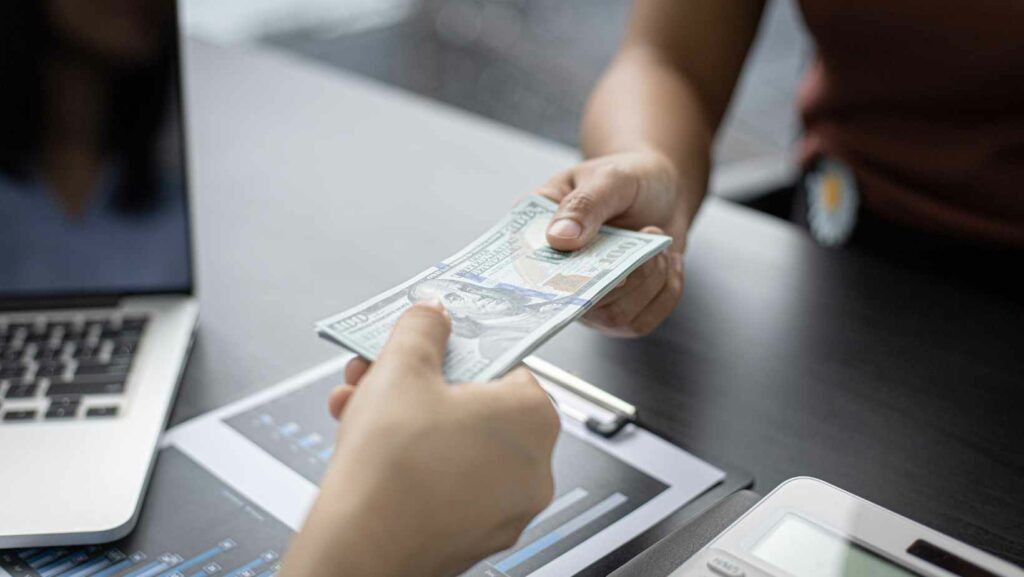
A Beginner’s Guide: How to Invest in Platinum
Investing in platinum can be a smart financial move. When considering how to invest in platinum, there are a few key factors to keep in mind. In this article, I’ll share some valuable insights on the different ways you can invest in platinum and help you make informed decisions.
One popular method of investing in platinum is through purchasing physical platinum bullion. This involves buying bars or coins made of pure platinum. It’s important to research reputable dealers and understand the current market prices before making any purchases.
Another option is investing in platinum exchange-traded funds (ETFs). These funds are designed to track the price of platinum and provide investors with exposure to the metal without physically owning it. ETFs offer convenience and liquidity, making them an attractive choice for many investors.
How To Invest In Platinum
Platinum, a precious metal with a rich history, has fascinated humans for centuries. Its name originates from the Spanish term “platina,” meaning little silver. This lustrous metal was first discovered by European explorers in South America during the 16th century. However, it wasn’t until the 18th century that platinum gained recognition as a valuable resource.
During the early years of its discovery, platinum was considered an unwanted impurity in silver mining due to its resistance to corrosion and high melting point. It wasn’t until the 19th century that scientists began to explore its unique properties and potential applications.
Uses And Applications of Platinum
The versatility of platinum extends beyond adornments and automobile components. This precious metal plays a vital role in numerous industrial applications due to its exceptional chemical stability. For instance:
- Electronics: Platinum serves as a crucial component in electronic devices like smartphones due to its excellent electrical conductivity.
- Medical Field: Platinum-based drugs are used in chemotherapy treatments to combat certain types of cancer effectively.
- Renewable Energy: Fuel cells rely on platinum catalysts to facilitate clean energy production through hydrogen fuel cell reactions.
- Chemical Industry: Platinum catalysts are utilized extensively in chemical processes such as petroleum refining and the production of fertilizers.
Investing in platinum offers an opportunity for individuals to diversify their portfolios and potentially benefit from its scarcity and industrial demand. Whether through purchasing physical platinum, investing in exchange-traded funds (ETFs), or engaging in futures contracts, understanding the market dynamics and consulting with a financial advisor are vital steps when considering how to invest in platinum.

Why Invest in Platinum?
Platinum, often referred to as the “King of Metals,” holds a unique allure for investors seeking to diversify their portfolios. Here are a few compelling reasons why considering platinum as an investment opportunity could be a wise decision:
- Supply and Demand Dynamics: The supply of platinum is limited, with most of it being produced in just a handful of countries such as South Africa and Russia. At the same time, the demand for platinum continues to grow across various industries, including automotive, jewelry, electronics, and even in the medical field. This delicate balance between supply and demand can potentially lead to price appreciation over time.
- Industrial Applications: Platinum plays a crucial role in several industrial processes due to its exceptional properties such as high melting point, corrosion resistance, and catalytic capabilities. It is widely used in automobile catalysts for reducing harmful emissions, making it an essential component in the global push toward cleaner transportation technologies. As industries evolve and innovate, the demand for platinum is expected to remain robust.
- Hedge Against Inflation: Precious metals like platinum have historically served as safe-haven assets during times of economic uncertainty or inflationary pressures. As governments print more money or face geopolitical tensions arise, investors often turn to tangible assets like platinum that tend to hold their value over time.
- Portfolio Diversification: Investing in platinum can provide diversification benefits by adding an asset class that may behave differently compared to traditional stocks or bonds. By including platinum within a well-balanced portfolio mix alongside other commodities or precious metals like gold and silver, investors can potentially reduce overall risk while aiming for higher returns.
- Potential Growth Opportunities: While platinum prices can be volatile at times due to market fluctuations or macroeconomic factors, those willing to take a long-term view may find opportunities for significant capital appreciation when investing in this precious metal.
Remember to always do thorough research on market trends and consult with knowledgeable professionals before making any investment decisions. Investing in platinum, like any other investment, comes with risks, and it’s essential to make informed choices based on your financial goals and risk tolerance.





